The hardest decisions are made between two excellent options. That’s why the carbon steel vs stainless steel question is so difficult to answer. Online communities are split between the two materials.
To help you make a decision, we studied both options – their strengths and weaknesses. Our insights will hopefully help you make up your mind.
In the sections below, you’ll find a comparison table and information about cost and maintenance. You’ll also learn about their advantages and disadvantages.
Carbon Steel vs Stainless Steel Wok: Head to Head
| Factors | Carbon Steel Wok | Stainless Steel Wok |
| Construction | Thicker | Layered |
| Seasoning and Care | High-maintenance | Seasoning optional |
| Rusting | Vulnerable | Corrosion-resistant |
| Cost and Availability | Inexpensive, available | Expensive, available |
| High-Temperature Cooking | Great heat retention | Good heat retention |
| Even Cooking Temperature | Even heat distribution | Possible hot spots |
| Longevity and Heavyweight Usage | Depends on the maintenance | Long lifespan |
Materialistic Differences: Carbon Steel vs Stainless Steel Wok
Anyone who’s ever tried cooking Chinese can confirm that utensils can make a big difference. Your choice of material will influence the taste, contents, and sometimes even the aesthetics of the finished food.
Construction
At first glance, carbon steel and stainless steel woks might seem almost identical. However, the trained eye will easily recognize the minor, but important differences.
What Carbon Steel Wok Is Made Of?
Traditionally, woks have always been made of carbon steel. The material has the necessary qualities to prepare the most flavorful food. There are many reasons behind its popularity. First of all, carbon steel material handles the heat very well. It can reach higher temperatures and evenly distribute the heat. The material is also extremely sturdy yet surprisingly lightweight.
What Stainless Steel Wok Is Made Of?
Woks of this type are covered with inner and outer layers of stainless steel. The core is usually made of aluminum or copper. The sandwiched design ensures that the heat is evenly distributed. Still, occasional hot spots that burn your food are to be expected.
The main reason behind stainless steel woks’ popularity is their simplicity. They’re very easy to clean and maintain.
Which Wok Has Better Material?
Ultimately, choosing the better of two materials comes down to your preferences. If you’re willing to invest time in carbon steel wok’s maintenance, go with it. Stainless steel is more comfortable to use and maintain.
Seasoning and Care
Anyone who’s spent time in the kitchen will understand the necessity of maintenance. Sometimes it’s exhausting, but still necessary to maintain the integrity of your utensils.
What Kind of Seasoning and Care Carbon Steel Wok Need?
Carbon Steel woks need to be seasoned thoroughly and frequently. Seasoning provides excellent protection against corrosion and surface degradation. Your wok will also develop a non-stick surface, which is nice to have.
The process involves heating the wok and applying vegetable oil at a lower heat. This isn’t a time-consuming task, but seasoning needs to be repeatedly applied.
What Kind of Seasoning and Stainless Steel Wok Need?
Stainless steel woks require very little, or no seasoning at all. The material doesn’t rust, so there are no practical benefits to seasoning it. Thanks to their design, stainless steel woks are also very easy to clean.
Which Wok Is Easier to Season and Care?
Stainless steel woks require much less care and maintenance. If you prefer to keep things simple, you have an easy choice.
Rusting
Some materials are vulnerable to corrosion, while others aren’t. Find out about corrosion resistance of these two materials below.
Why and How Often Carbon Steel Wok Catches Rust
If you forget to season your carbon steel wok after each use, it will develop rust. Applying a light coating of vegetable oil will go a long way towards protecting your wok.
Seasoning will slow down the process of corrosion. Still, sooner or later, every wok is destined to get rusty. For Carbon Steel woks, the exact lifespan depends on maintenance quality. On average, this type of wok should last at least 3 years.
Why and How Often Stainless Steel Wok Catches Rust
Stainless steel woks don’t rust, not even after an extended period of steaming. In fact, being corrosion-resistant is their biggest selling point.
Which Wok is Less Prone to Catch Rust
Without a doubt, stainless steel woks are much less likely to develop rust. Steaming often accelerates the corrosion process. So if you intend to frequently steam your food, opt for corrosion-resistant woks.
Cost and Availability
For most people, price is an important factor in the buying decision. Let’s compare the prices of carbon steel and stainless steel woks.
How Much Does Carbon Steel Wok Cost?
Because of their mainstream appeal, carbon steel woks are affordable and widely available. The price of high-quality woks starts from around $50 and goes up. The exact price will depend on factors such as size, handle, and accessories.
How Much Does Stainless Steel Wok Cost?
Because of the expensive material, stainless steel woks tend to be the most expensive of all. Excellent units of this type can cost you more than $100.
Which Wok is Better Value for Money?
Unless you dread doing the maintenance work, carbon steel woks are clearly a better value. If you prefer utensils that are easy to use, you can pay a bit extra for peace of mind and get stainless steel wok.
Cooking Perfomance: Carbon Steel vs Stainless Steel Wok
Chef’s choice of utensils can greatly influence the quality and taste of the food. The difference is particularly noticeable when you’re cooking Chinese food. Let’s look into the effects of using carbon steel vs stainless steel woks.
Ability to Cook in High Temperature
Chefs primarily use woks to cook or stir-fry at extremely high temperatures. All types of woks are designed to handle the heat.
Carbon Steel Wok
To say that Carbon steel woks can handle the heat would be an understatement. Certain recipes require extremely high temperatures to prepare the food. Don’t hesitate to heat them up to the point of smoking if necessary. With a carbon steel wok, you can cook at a temperature of 500F or higher.
Carbon steel can reach high temperatures very fast. Woks made of this material distribute the heat evenly across the entire surface.
Because of the aforementioned qualities, carbon steel woks are well-suited for stir-frying. Extremely high temperature is great for frying the veggies at the center. Lower temperatures on the sides are necessary to make up for the extremely high heat on the bottom.
However, be careful if your carbon steel wok’s surface is coated with Teflon. Cooking at extremely high temperatures might remove that cover. If you plan to cook recipes that require high degrees of heat, use woks without the Teflon cover.
In the best-case scenario, you can have both types of carbon steel wok. The best thing about these is that they’re quite cheap, so you can afford to own both.
Stainless Steel Wok
Working with stainless steel woks requires a lot of attention. They heat up and transmit the temperature very fast. You must be careful to avoid burning the food.
Stainless steel material tends to be less consistent. It is more likely to develop hot spots and occasionally burn your food. Some woks work around this problem by having an aluminum or copper inner core.
Stainless steel woks are perfect for cooking recipes that require steaming. Carbon steel and cast iron woks are susceptible to rusting, so they’re not suited for steaming. Stainless steel, on the other hand, is resistant to corrosion.
Which One Can Cook Better in High Temperature?
Carbon steel woks can reach higher temperatures and evenly transmit the heat. On the other hand, they’re not suitable for steaming. Whereas stainless steel woks are perfect for steaming.
How Even The Cooking Temperature Distribution Is
Every material responds to heat differently. Carbon steel woks are known for even temperature distribution. Stainless steel woks heat up fast and are prone to developing hot spots. However, it’s possible to find woks of both types that don’t conform to these assumptions. Some carbon steel woks are not suitable for cooking at extremely high temperatures. High-end stainless steel woks are designed to ensure even heat distribution.
Carbon Steel Wok
As far as temperature distribution and performance are concerned, carbon steel woks are the best. These woks are chefs’ default choices for stir-frying, deep-frying, and even boiling. Their unique characteristics can save you from burning your food. Most Chinese restaurants cook with carbon steel woks to get the most flavorful food.
Stainless Steel Wok
Stainless steel woks are often criticized for uneven heat distribution and developing hot spots. Both of these are valid complaints, but not applicable to all stainless steel woks.
So-called ‘sandwiched’ woks have an inner core of aluminum and two layers of stainless steel on the outside. Such design prevents the development of hot spots and helps to evenly distribute the heat.
Which One Can Cook More Evenly?
Carbon steel woks maintain consistent temperature across the surface. Stainless steel woks require more attention to cook the food without burning. They’re also more likely to develop hot spots. If you’d like to own one, it’s possible to find a stainless steel wok that cooks evenly.
Longevity and Heavyweight Usage
Woks tend to have a solid structure, so they’re hard to break. Corrosion is a much bigger problem. Eventually, all woks get rusty, it’s just a matter of how long it will take. Certain materials, like stainless steel, are corrosion resistant.
How Durable and Enduring Carbon Steel Wok Is
Carbon steel woks are almost impossible to break. The material is solid and lightweight at the same time. Corrosion Is a big problem, but it can be delayed by taking care of the wok. The maintenance mainly involves regular seasoning, which takes about 20 minutes. The process involves heating the wok and covering it with light vegetable oil.
Depending on how often it is used and maintained, carbon steel woks can last a long time. In most circumstances, you can expect it to last at least five years.
How Durable and Enduring Stainless Steel Wok Is
Stainless steel is a strong, corrosion-resistant material. In other words, stainless steel woks are pretty much indestructible. These woks aren’t cheap, but they also have an extremely long lifespan. If you’re looking for efficient and durable kitchen utensils, stainless steel woks are a perfect investment.
Which Wok is Longer Lasting and has More Endurance?
Both are strong and durable materials. When it comes to rust, carbon steel woks are more vulnerable. Rust can be removed, but it takes a lot of effort.
These woks need to be seasoned frequently, ideally after each use. Stainless steel wok, on the other hand, is naturally corrosion resistant. It doesn’t require as much maintenance.
How to Tell The Differences: Carbon Steel vs Stainless Steel Wok?
The two types of the wok are different in many different ways. The differences in their appearance are the most obvious. Stainless steel tools are everywhere, so woks of this type are very easy to spot.
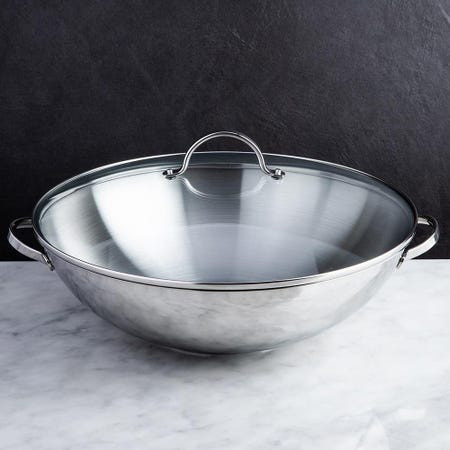
Carbon steel woks can have many different looks. They can be black, grey or even silver.
The woks used in Chinese restaurants are made of carbon steel. These woks tend to be thicker as well. The material itself is strong but extremely lightweight. So manufacturers often make woks with thick walls.
If you notice the seasoned surface, then you’re most likely looking at carbon steel wok. Here’s a prime example of one:
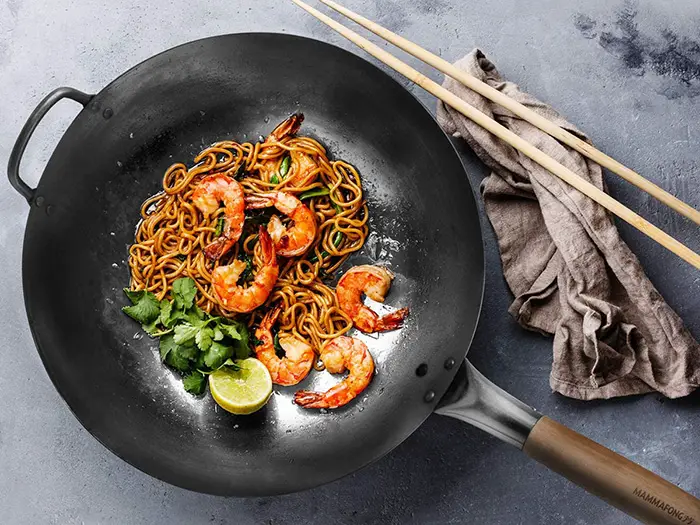
However, some people choose to season stainless steel woks as well.
The two materials are also priced differently. Carbon steel is a fantastic material, but it is much cheaper than stainless steel. You can buy excellent carbon steel wok for around $50. You can find cheap stainless steel woks as well, but high-quality units cost more than $100.
Both types of wok function in more or less the same ways. The main difference is that carbon steel woks are more high-maintenance. Stainless steel material is less time-consuming and in general, easier to use.
Carbon Steel vs Stainless Steel Wok- Which is for Whom?
Ultimately, choosing the perfect wok comes down to your preferences. Some people are willing to put in the work to maintain their utensils, while others value simplicity.
Go for Carbon Steel Wok If-
If you’re looking for a wok that will give you a rich flavor, Carbon Steel is the way to go. You should be prepared to invest time and energy into its maintenance. Carbon steel woks need to be seasoned repeatedly. As long as you’re willing to take these precautions, carbon steel woks will deliver fantastic results. It is also considerably cheaper than its alternatives.
Because of their cooking efficiency, carbon steel woks are often used in restaurants. So if you like that ‘restaurant flavor’ and want to recreate it at home, start by getting this type of wok.
Go for Stainless Steel Wok If-
The biggest advantage of these woks is that they’re very easy to use. Stainless steel woks don’t require much maintenance (except for washing).
Woks of this type cost a lot of money. If you decide to go for stainless steel material, be prepared to pay more than $100. You can probably find cheaper stainless steel woks, but they’ll burn your food. If you don’t have the money to buy top-of-the-line stainless steel wok, save up, or go for carbon steel.
Also, if you plan to do a lot of stir-frying, stainless steel is not the way to go. Woks of this type are perfect for steaming, stewing, and braising.
Frequently Asked Questions
People are often curious about woks. Let’s look at some of the most common points of interest:
Do carbon steel woks rust?
Carbon steel woks will eventually develop a layer of rust. The corrosion can be delayed by frequent seasoning and washing. Also, avoid steaming as it can speed up the process.
Is carbon steel wok safe?
They’re extremely safe for cooking. Carbon steel woks are excellent for stir-frying, deep-frying, and even boiling.
Is carbon steel wok non stick?
Carbon steel woks with Teflon coating are non-stick. However, not all woks are coated with Teflon.
Will carbon steel wok with induction?
Induction range cooking with a carbon steel wok is possible and even encouraged. Induction cooking can enhance the flavor and overall quality of the food.
Is stainless steel wok non stick?
By default, stainless steel woks are not non-stick. However, this effect can be achieved by applying vegetable oil when you’re heating it.
Does stainless steel wok need to be seasoned?
Even though it can be done, there’s little to be gained from seasoning a stainless steel wok.
Final Words
Woks are wonderful and extremely useful in many different situations. You’re unlikely to own just one and be satisfied with it. More likely than not, eventually you’ll own many woks and use them all the time.
The answer to carbon steel vs stainless steel wok is that both are great. Each type is useful in its own way. As you get used to them, you’ll notice the differences and start to see why they’re so practical. Hopefully, our tips helped you take your first step.
- How Long Does Vegan Butter Last? Mystery Solved - January 9, 2024
- How Long Does Vegan Mayo Last - January 2, 2024
- From Pot to Plate: How Long Does Vegan Chili Last in The Fridge? - December 26, 2023

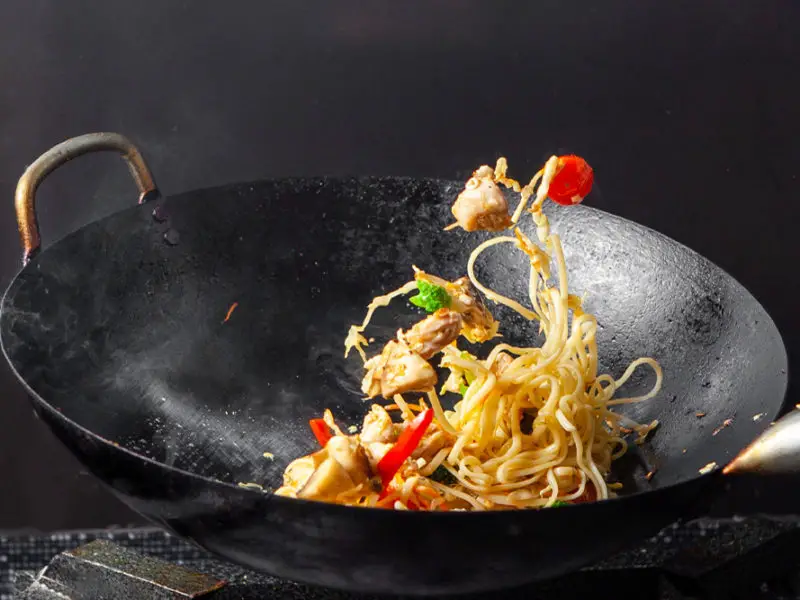
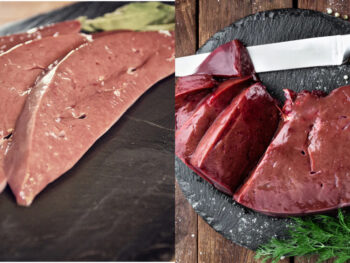
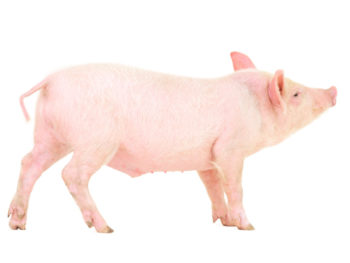
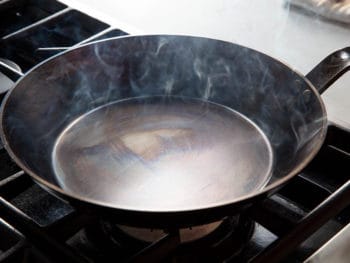
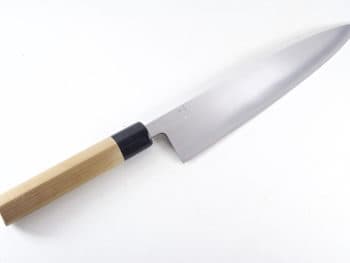
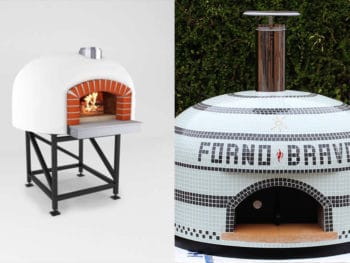

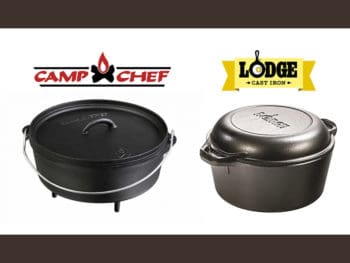
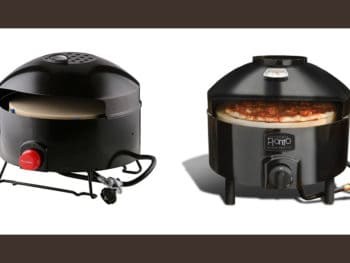
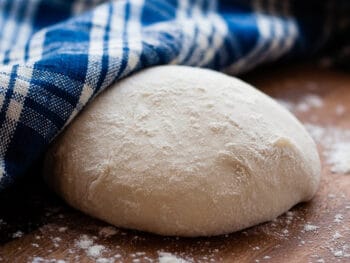

 Taste The Best Pizza With Papa Gino’s Pizza Dough Recipe
Taste The Best Pizza With Papa Gino’s Pizza Dough Recipe